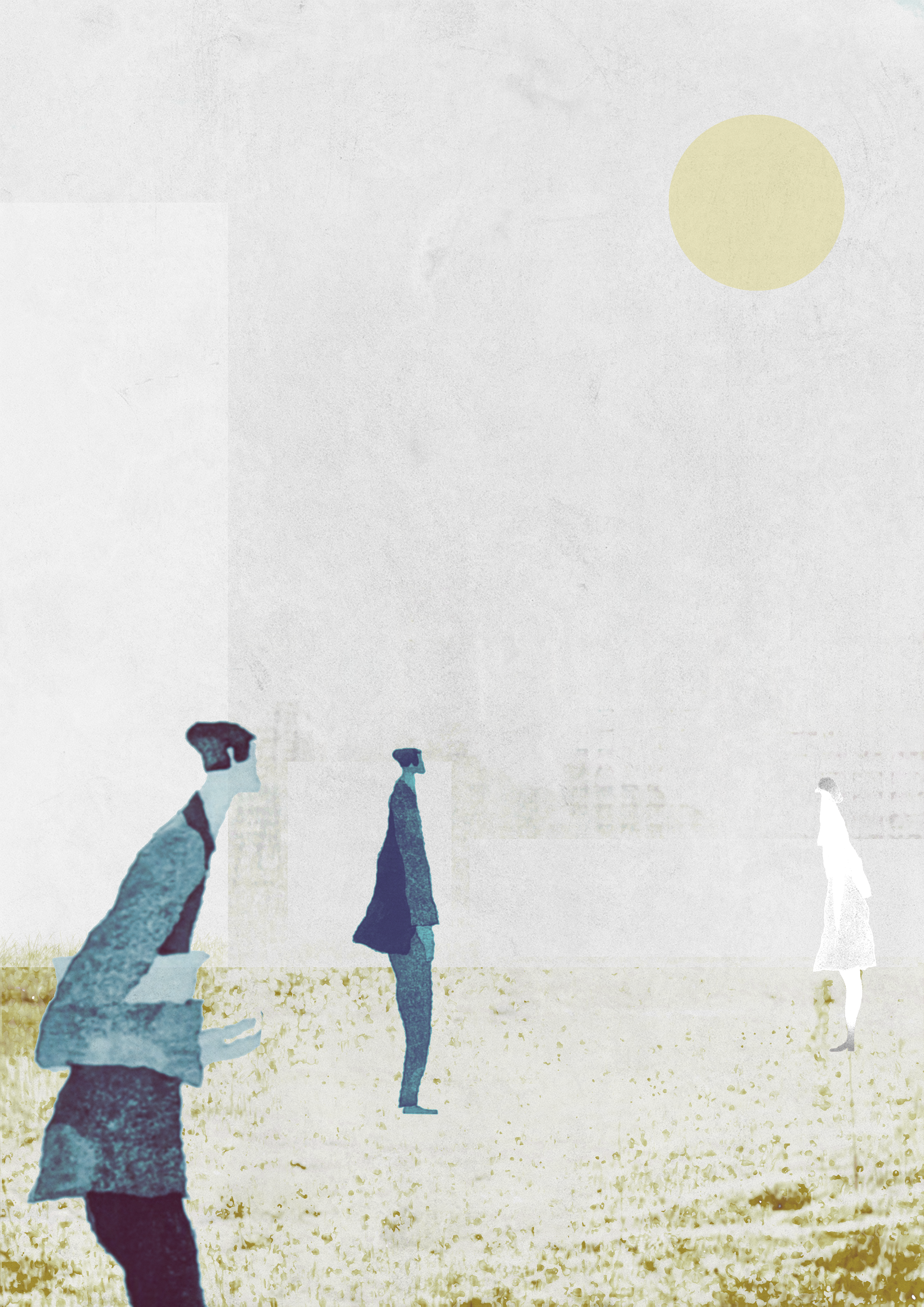




Ground Potential
Zuzanna Wysoczynska
In the context of post-soviet spatial political and social transformation my topic of fascination become the result of intensive land consumption. Tbilisi as a city rich in the eastern and western influences, after years of catching up of building iconic public objects designed by local and international architects still deals with the problems of the past. The images of post-soviet transformation are still visible in the cityscape.
Within the transformation process investor urbanism became a normative factor of defining urban spaces which extreme case can be observed within Academic City. As I was discovering the area of Academic City, I’ve realized that due to the rapid urbanization, and developer’s urbanism triggered by lack of regulations and development plan, Tbilisi is another example of a city in transition, caught in the post-soviet development.
Throughout the reading of the academic city, I was discovering fragments of potentials in the form of unbuilt and unprogrammed spaces scattered within the area. These leftover pieces of land should be treated as a pretext for a discussion on social shared common ground within densely urbanized areas as well as become a rethinking moment in a land consumption process.
The ultimate goal of my intervention Ground Potential, was to point out an unprogrammed unbuilt land area as a missed opportunity, make residents aware of those spaces and to show them that common ground and our presence is the only thing we need for social interaction.
The proposed intervention creates friction with the unbuilt spaces. Thus, indicating its presence within the city, it aims to start a dialogue of possible use scenarios as opposition to land consumption by developers. An existing UNBUILT LAND creates opportunities for communal sharing.
On that ground, I developed a concept of a gathering device, based on critical condition found in the Academic City area. Matrix represents a set of zoning thresholds which by means of poles configuration regenerate unique qualities found in the urban tissue. This set of parts is combined in kind of abstract ethnographic park showing various spatial urban conditions.
The initial idea was to create a situation which cuts out distracting obstacles from human perception and focus their attention on being together.
By creating a dense forest of high poles, I am introducing to a human inner reality within which people can solely focus on sharing experiences, whether it is eating, talking, walking or simply looking at each other. Possible experiences are enhanced by poles configuration defined by parameter condition of densely assembled high poles which isolates inner events from the outer urban elements like buildings, streets and infrastructure.
The interiority of configuration brings the idea of the common usage of unbuilt ground to the front.
Overlooked unbuilt areas by being framed and indicated to the society are revelling their potential of cherishing moments of encountering other users. Encapsulated zoned, and their thresholds become an oasis that brings together people and constructs a temporal sense of community.
As a matter of fact, what we have in common is the common ground, which, together with our presence results in social interaction. Ground potential should be treated as a ringing alarm for developing cities. With ongoing city consumption at some point, we might end up without unbuilt areas which trigger social life. This situation might be difficult or even impossible to retrieve.

